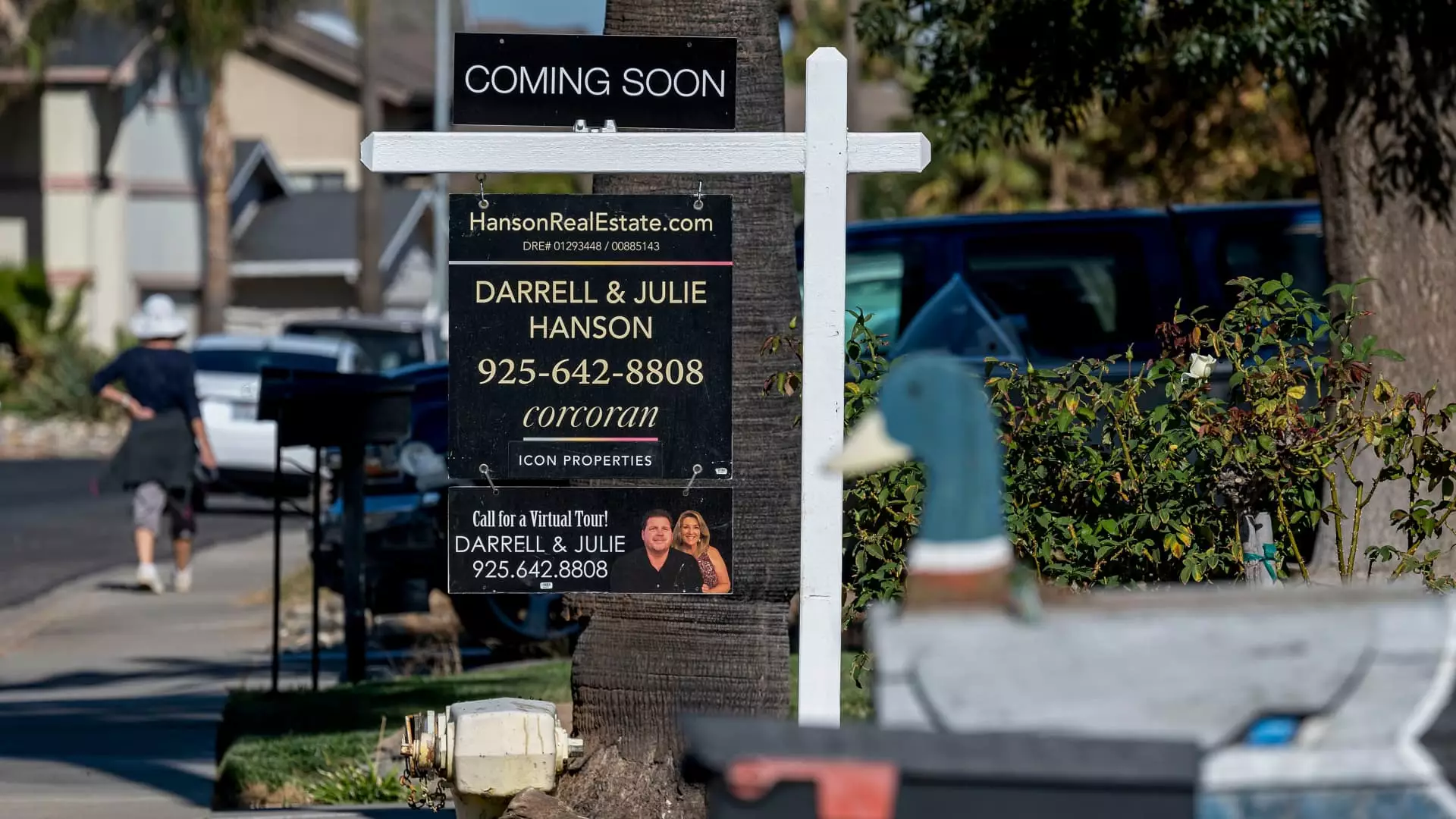As the mortgage market navigates a landscape marked by economic unpredictability, interest rates saw another uptick last week. The recent surge appears tied to broader economic analysis regarding the implications of a shift in presidential leadership. According to the Mortgage Bankers Association (MBA), total mortgage application volume experienced a slight bump of 0.5%, signaling a pause in what had been a weeks-long decline. This minuscule increase, while not groundbreaking, represents a glimmer of renewed interest in borrowing, the first in seven weeks – a trend that investors and analysts continue to monitor closely.
In the week analyzed, the average contract interest rate for 30-year fixed-rate mortgages with conforming loan balances—essentially loans up to $766,550—rose to 6.86%, up from 6.81%. Notably, the accompanying points decreased slightly from 0.68 to 0.60, which reflects the origination fee for loans with a 20% down payment. Joel Kan, the deputy chief economist at MBA, pointed out that this upward movement in mortgage rates can primarily be linked to rising Treasury yields, as the markets reassess the economic horizon under a Trump presidency. Interestingly, the Federal Reserve’s decision to cut rates by 25 basis points had been widely anticipated, which contributed little to altering the current market dynamics.
Within the context of refinancing, applications fell by 2%, marking the lowest point since May of this year. However, a year-over-year comparison reveals that refinancing activity is still 43% higher than the same week in 2022, which is noteworthy considering mortgage rates were significantly higher at that time. In contrast, home purchase applications saw a slight 2% increase over the week, reflecting a 1% rise compared to the same period last year. While some prospective buyers are benefiting from lower interest rates compared to the previous year, they are also contending with the reality of elevated home prices and limited inventory.
Particularly encouraging was the uptick in applications for Federal Housing Administration (FHA) and U.S. Department of Veterans Affairs (VA) loans, which were up 3% and 9%, respectively. This resilience suggests that these government-backed loans are playing a crucial role in sustaining purchase activity amid skittishness in the broader market. Kan noted a paradoxical trend; FHA mortgage rates have fallen, contrasting with the broader upward trajectory, possibly aiding borrowers looking for affordable options.
The mortgage market is currently embroiled in a complex interplay of factors influenced by recent elections and shifting fiscal expectations. As we move further into the year, the implications of these dynamics will likely continue to unfold. Analysts, including Matthew Graham from Mortgage News Daily, emphasize the significance of understanding the nuances behind these market adjustments, particularly as they relate to anticipated changes in economic policies. The equilibrium between rising rates, fluctuating home application numbers, and ongoing economic factors will be pivotal in shaping the mortgage landscape in the coming months.


Leave a Reply